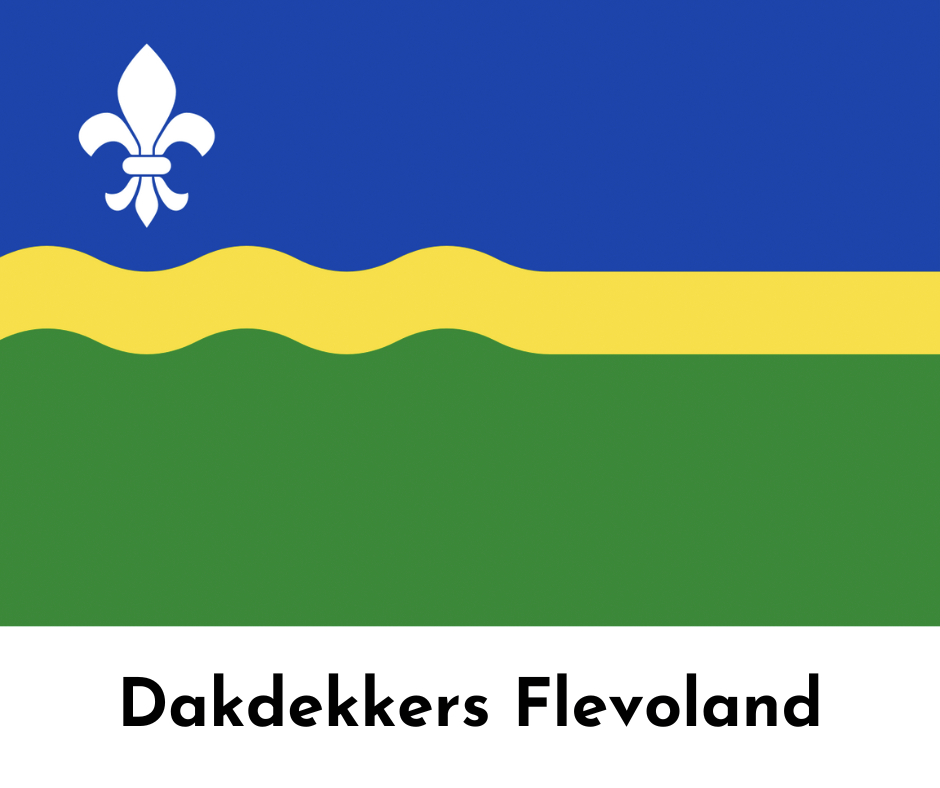Introduction
When it comes to maintaining the integrity and aesthetics of your home, few things are as critical as your roof. In Flevoland, where the climate can be quite humid, homeowners often face the challenge of mold and mildew growth on their roofs. These pesky fungi not only diminish your roof's appearance but can also lead to serious structural issues if left unchecked. In this comprehensive guide, we’ll dive deep into Addressing Mold and Mildew Issues on Your Flevoland Roof, exploring prevention strategies, cleaning methods, and how to recognize the signs of a growing problem. So grab a cup of coffee, get cozy, and let’s tackle this issue head-on!
Understanding Mold and Mildew
What Are Mold and Mildew?
Mold is a type of fungus that thrives in damp conditions. Often appearing in various colors like green, black, or white, mold can grow on numerous surfaces—including wood, siding, and yes, your roof! Meanwhile, mildew is a specific type of mold that usually appears as a gray or white powdery substance.
How Do They Develop on Roofs?
In Flevoland's humid climate, roofs are particularly susceptible to mold and mildew due to moisture accumulation from rain or condensation. When leaves or debris collect on your roof, they create an ideal environment for these organisms to thrive.
Why Is Mold and Mildew a Problem?
Not only do these fungi pose aesthetic problems by staining your roof tiles or shingles, but they can also lead to significant damage over time. If mold grows underneath shingles, it can compromise their integrity and lead to leaks.
Signs of Mold and Mildew on Your Roof
Discoloration
One of the most apparent signs that you may have a mold or mildew issue is discoloration on your roofing materials. Look for dark patches or streaks.
Foul Odors
If you notice an unpleasant musty smell around your home—especially near your attic—it could be a sign of mold.
Increased Energy Bills
Unexpectedly high energy bills? Poor insulation caused by mold growth might be the culprit.
Water Stains Inside Your Home
If you see water stains on your ceiling or walls inside your home, it’s time to inspect your roof for leaks caused by mold damage.
Preventing Mold and Mildew Growth
Regular Inspections
Conduct routine inspections of your roof at least twice a year—preferably in spring and fall—to catch any early signs of trouble.
Proper Ventilation
Ensure that your attic is well-ventilated. This helps reduce humidity levels that create an ideal environment for mold growth.
Gutter Maintenance
Regularly clean gutters to prevent water from pooling near your roofline. Clogged gutters are one of the leading causes of moisture accumulation.
Cleaning Strategies for Flevoland Roofs
DIY Cleaning Solutions
For light infestations:
Mix equal parts vinegar and water in a spray bottle. Spray onto affected areas. Let sit for at least 30 minutes before rinsing with water.Caution:
Always wear protective gear such as gloves and goggles when working with cleaning solutions.
Professional Cleaning Services
Sometimes it's best to call in the experts. Professionals use specialized equipment like pressure washers that can effectively remove stubborn mold without damaging your shingles.
Choosing the Right Roofing Material
Impact Resistance
Certain materials resist mold better than others. For example:
| Roofing Material | Resistance Level objectstorage.us-ashburn-1.oraclecloud.com | |------------------|-----------------| | Asphalt Shingles | Moderate | | Metal Roofing | High | | Tile | Very High |
Consider investing in roofing materials treated with anti-fungal coatings if you're prone to these issues.
Addressing Mold and Mildew Issues on Your Flevoland Roof
Taking proactive measures is key when it comes to Addressing Mold and Mildew Issues on Your Flevoland Roof. Prevention roofing business directories is far easier than dealing with an outbreak; thus regular maintenance checks should be part of every homeowner's routine checklist!
Health Risks Associated with Mold Exposure
Allergic Reactions
Exposure to mold can trigger allergic reactions ranging from sneezing to skin irritations.

Respiratory Problems
Individuals with asthma or chronic lung conditions may experience worsened symptoms due to exposure.
When to Call for Help?
If you’re facing extensive damage or health concerns linked to mold exposure—don’t hesitate! Reach out to professionals who specialize in remediation immediately!
FAQs about Mold & Mildew
Q1: How do I know if my roof has mold?
A1: Look for discoloration or streaks; if you smell something musty indoors, it might indicate roof issues too!
Q2: Can I remove mold myself?
A2: Yes! For light infestations using DIY cleaning solutions works well; however larger issues warrant professional help.
Q3: What's the best way to prevent future growth?
A3: Regular maintenance checks combined with proper ventilation go a long way!
Q4: Is certain roofing material better at resisting mold?
A4: Yes—metal roofs tend to resist more than asphalt shingles!
Q5: How often should I inspect my roof?
A5: Twice yearly is ideal—spring & fall make perfect times!
Q6: What health risks does prolonged exposure pose?
A6: Prolonged exposure can cause allergies & respiratory issues; it's crucial not ignore signs!
Conclusion
In summary, addressing mold and mildew issues on your Flevoland roof requires vigilance coupled with proactive measures like regular inspections and proper maintenance. By understanding the nature of these fungi—and implementing preventive strategies—you'll not only preserve the beauty of your home but also ensure its longevity against potential harm caused by neglecting this important aspect. Don’t wait until it’s too late; take action today! Remember—your home deserves care just as much as you do!